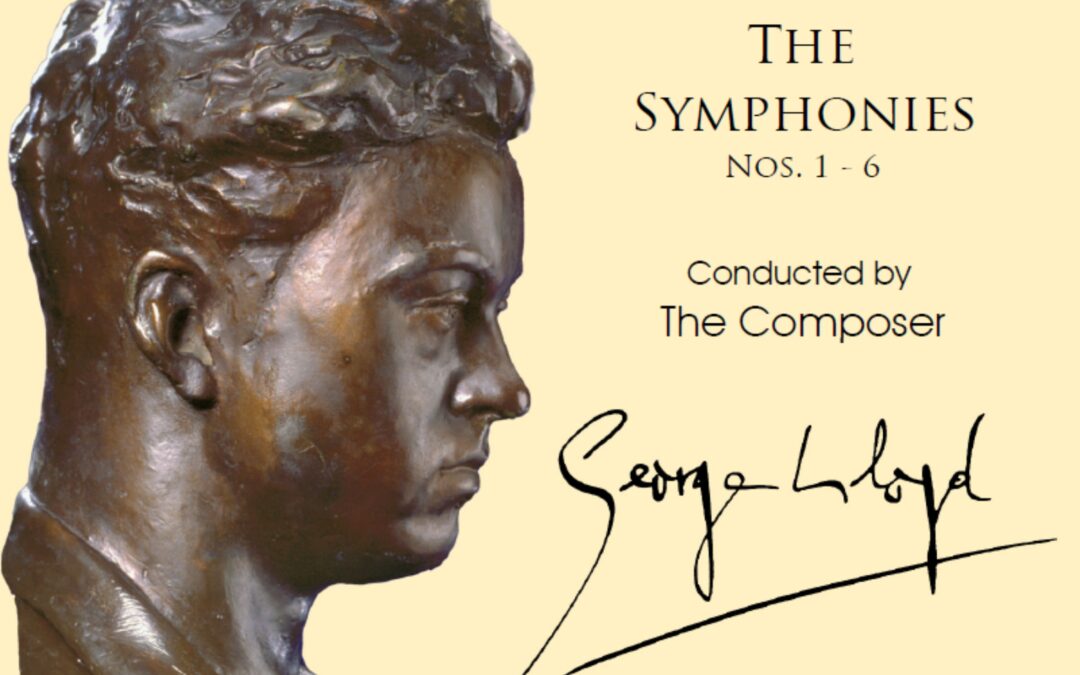BBC Philharmonic Orchestra
Albany Symphony Orchestra
George Lloyd conductor
Lyrita SRCD 2417 3
As an undergraduate studying music, I remember an essay title which read The symphony is dead. Discuss. Well, if that was a serious viewpoint in the early 1970’s it was seriously exaggerated. A number of composers including Maxwell Davies and David Matthews have each composed significant cycles along with other composers who continue to contribute to the genre.
George Lloyd wrote 12 spanning his composing career with noticeable gaps when his health suffered after the war, and later when he took up market gardening. The latter was precipitated by the fact that his music was tonal and melodic, and deemed unacceptable in the days when discord, experimentation and the Second Viennese School were celebrated and promoted, particularly by the BBC.
The first three symphonies date before Lloyd’s success with his 1934 opera Iernin and are typically post-romantic, often sounding like music for film. That is not meant as a criticism. The music is well argued and abounds in melody, such as the Rimsky-Korsakov like melody early in Symphony No.1, and with something of that master’s ear for orchestration.
The second is slightly more mature with its ‘puckish’ first movement themes and the soaring string melody in the second movement hinting fleetingly at Vaughan Williams. The following Alla Marcia could be by Coates, while the final movement opens with a Sibelian landscape giving way to more high-jinks. Some of the themes in the third symphony again sound Russian to me with echoes of Khachaturian and Shostakovich.
Then there is a gap: Symphony No.4 The Arctic of 1945-6 was informed by Lloyd’s war experience. The eerie second movement gives a sense of the Arctic cold, but after the perky the third movement we are soon woken up with lighter musical ‘rum-te-tum’ themes reminding me of Coates’ Dam Busters March.
Symphonies 5 and 6 have a sunnier disposition. In the fifth I get a strong feeling that Lloyd did not know how to end the first movement as there many attempts. The funereal second movement and the subdued third carry a sense of unease. Gradually a fandango rhythm takes over, but I still feel the dance is held in check. The harp at the end evokes the celesta in Shostakovich 5. The finale is a hectic 11-minute vivace recalling the cacophony of Charles Ives.
Taking stock it is clear that the first three symphonies are somewhat frivolous and aim to please. The fourth takes on a more serious sense of symphonic argument and the fifth and sixth show Lloyd fully confident of what he means to say – and he says it well.
Also on the discs are the overture to John Socman and an orchestral suite Charade of 1968.
Review by Ronald Corp
Read Geoffrey Atkinson’s review of this CD – what do you think? Bite-Back and let us know your thoughts via email

